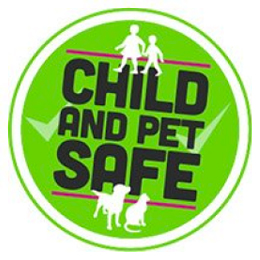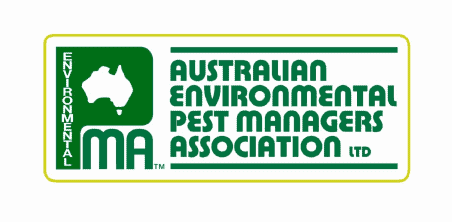The term ‘paper wasp’ is given to any one of the species of wasps that build their nests from a mixture of plant or wood fibre and saliva. Mixing fibre with their saliva creates a material much like paper, and is a process that is incredibly similar to how man-made paper is constructed.
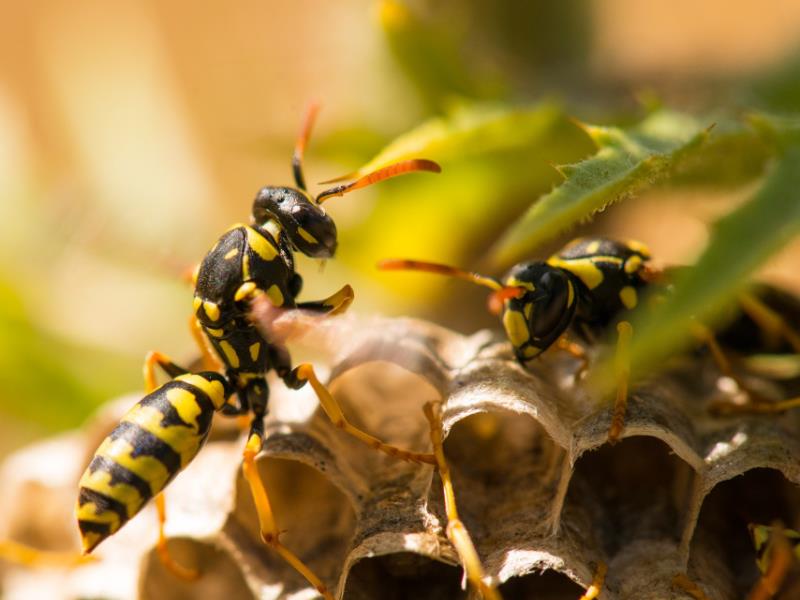
Paper Wasps standing on their nest
Most paper wasps are a member of the vespid subfamily Polistinae, but sometimes, the term can also be applied to species that belong to the subfamilies Vespinae and Stenogastrinae. While there are roughly 300 species of Polistinae paper wasps that have been identified worldwide, the total number of wasp species that build nests from paper is thought to be approximately 1100-strong.
What Do They Look Like?
As with all wasps, the broad biological diversity of the 1100 species of
paper wasps makes it difficult to describe exactly what to look for when
identifying a paper wasp. With that said, the paper wasps found in
Australia, especially the native species, are typically described as
having a small head adorned with both medium-sized antennae and eyes. As
with all wasps, the two larger eyes are compound eyes, while the three
smaller eyes at the top of their heads are simple eyes.
The body of a paper wasp is slender, and their waist is narrow, as is
typical of wasps in general. Their abdomen is likely to have banding of
some variety in either a yellow or orange colour, but it will be
predominately coloured black. Unlike many other species present in
Australia, the introduced Asian Paper Wasp features a yellow-and-brown
colour scheme on their abdomen. Attached to the abdomen are two pairs of
brown-coloured wings, with the first pair being significantly larger
than the second.
When Are They A Threat?
As with many wasps, paper wasps are not nearly as aggressive as other vespids, such as the yellowjackets or hornets. Instead, paper wasps, especially those belonging to the Polistinae subfamily, are only likely to attack humans if their territory is threatened. However, due to the extreme lengths they can go to to mark their territory, trespassing on that space isn’t necessarily difficult, especially during the act of gardening, and as a result reported cases of paper wasp stings aren’t uncommon.
How Do They Form New Nests?
Paper wasp nests are notable due to their use of open combs with exposed cells for brood rearing. The paper wasps will construct their nests with ‘paper’ that they make themselves, and they attach the nest to their anchor point using a ‘petiole’, otherwise known as a constricted stalk.
Due to the open nature of the nest, there is a risk of ants attacking the nest and killing or eating the young. Fortunately, to counter this risk, paper wasps have developed a natural chemical that can repel ants, and this compound is secreted around the base of the petiole to create an effective barrier from the predators.
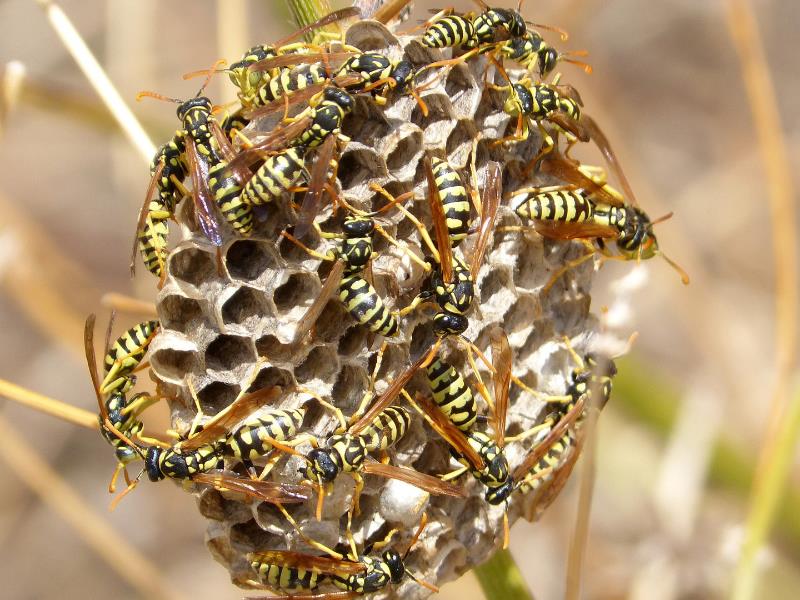
A small collection of paper wasps surrounding a nest
Interestingly, most social wasps in the Vespidae family use paper to make their nests, with very few exceptions. Most of these exceptions belong to the Stenogastrine subfamily, such as the Liostenogaster flavolineata, which constructs their nests from mud.
Paper wasps normally build their nests wherever they can both find shelter and will remain largely undisturbed, including the branches of a tree, the remains of an old clothesline, or at the end of an open pipe. Some species of paper wasps are even known to alter the structure of their nests to account for the different places they may choose to build it, though all variations typically retain the core features of other paper wasps nests.
There are also three species of Polistes wasps that are social parasites and are entirely unable to build their own nests, and must instead rely on the nests of others to raise their young. Colloquially, these wasps are sometimes referred to as ‘cuckoo paper wasps’.
What Risk Do They Pose?
The risk to human life posed by paper wasps is low but still present nonetheless. Notably, paper wasps are venomous creatures, and, as with all venom, their sting can induce a painful and potentially fatal anaphylactic response in some people. Fortunately, modern medicine is more than equipped to respond to any such emergency, and reports of major health complications (let alone deaths) due to the sting of a paper wasp are quite rare.
Instead, most regard paper wasps as being beneficial anywhere they are naturally occurring. The diet of a paper wasp consists of nectar and other insects, which can help keep the population of various garden pests such as flies, beetles, and caterpillars low. Considering their diet and their ability to pollinate flowers, most gardeners welcome the sight of a paper wasp nest in their garden, despite the risk of the occasional painful sting.
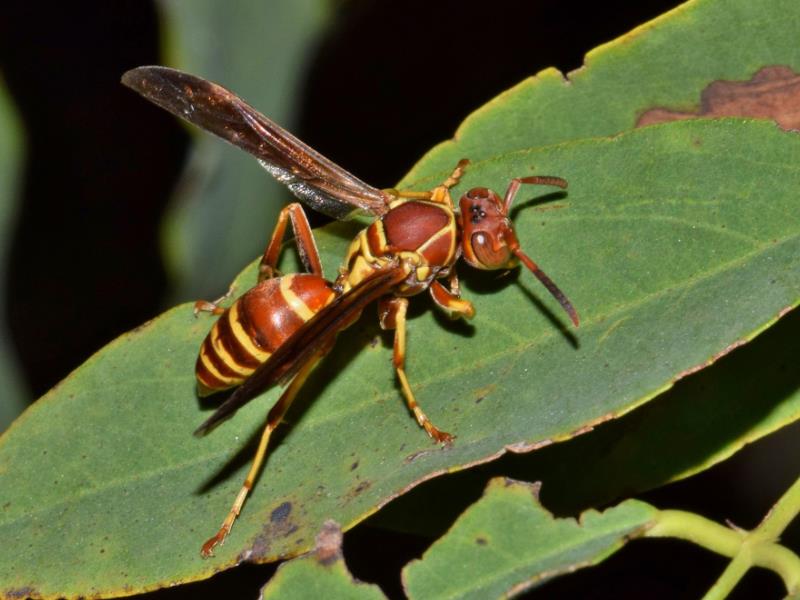
A paper wasp standing on a leaf
Is There Anywhere In Particular They’re A Bigger Threat?
Paper wasps have effectively disseminated themselves across Australia, though there is a notably large population throughout the entirety of the east coast and the majority of Victoria. In general, you can expect to see at least one species of paper wasp near any large human population centres, so if you have a known wasp allergy, be sure to carry any medication that you require when visiting high-risk locations, such as any bush or undergrowth.


